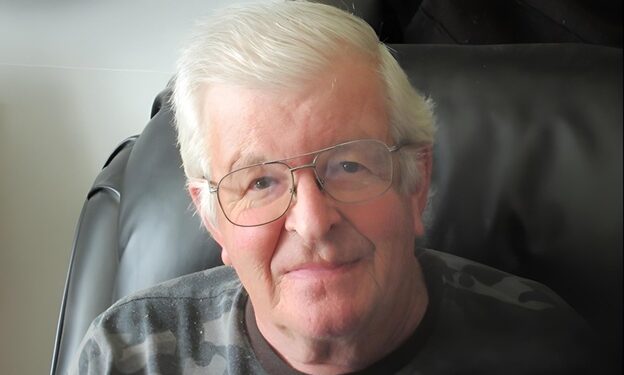Harvey Graham’s Nature Isn’t Racist doesn’t try to shock—it simply reflects what we’ve all seen, whether we noticed it or not. In nature, animals live near their kind. Not to shut others out, but because it works. You don’t see foxes joining wolf packs, or deer running with bears. Each animal knows its path, its family, and its ground. Graham invites us to step back and look at that pattern—not with fear, but with understanding.
We Gravitate Toward Familiarity for a Reason
When I moved to a new neighborhood years ago, I didn’t plan to find people like me, but I did. Not because I was avoiding others, but because I needed a sense of home. That same instinct lives in every species. Birds migrate with their flock. Fish swim in schools, not with strangers. Graham reminds us that this isn’t exclusion—it’s how we survive, how we feel safe, how we stay connected. Pretending otherwise only creates confusion.
Natural Boundaries Keep Balance
A forest isn’t a jumble of chaos—it’s order in motion. Each species has its rhythm, its territory. Coyotes don’t wander into wolf trails; they’d never last. Plants thrive in their soil, not someone else’s. When we try to erase the boundaries that nature builds, we disrupt more than just space—we weaken what holds life together. Graham isn’t calling for separation; he’s pointing to something deeper: the quiet balance that nature relies on, and that humans often forget.
Moving Doesn’t Mean Losing Yourself

People move all the time—across cities, countries, even continents. But movement doesn’t mean leaving everything behind. My aunt moved from a village to a big city when she was young. She found work, made friends, and built a life—but she still cooked the same meals, wore her family’s colors, and called home every Sunday. She didn’t move to blend in; she moved to grow, while still holding her roots. That’s what Graham is saying. Change is fine. Losing who you are isn’t.
Our Uniqueness Is Our Strength
Every animal has its role. The owl hunts at night, the beaver builds dams, and the pine tree stands tall through snowstorms. They don’t try to trade jobs. They stick to what they’re made for. That’s not a limitation—it’s a purpose. Graham argues that we, too, are strongest when we know who we are. When we stop forcing everyone to be the same and start appreciating what makes each group, each tradition, each culture unique, that’s when real beauty shows up.
Harmony Doesn’t Mean Blending
Nature is full of coexistence, not fusion. The sky has stars that shine alone, not as one giant light. Fields grow dozens of plants, each rooted in its own patch. On a hike last summer, I watched squirrels digging on one side of the trail and birds hopping in trees nearby. No conflict. No merging. Just life, side by side. Graham’s message is simple: true peace doesn’t come from mixing everything together. It comes from respecting space and letting differences breathe.
Listening to the Wild
Reading Nature Isn’t Racist felt less like reading a book and more like having a quiet talk with someone who’s walked through enough woods to hear what they’re saying. Graham doesn’t shout, and he doesn’t preach. He just holds up a mirror to the world outside our windows—and asks us to think. Think about how we live, how we move, how we relate. And most of all, think about whether we’re building a world that flows with nature’s design, or one that fights against it.



























